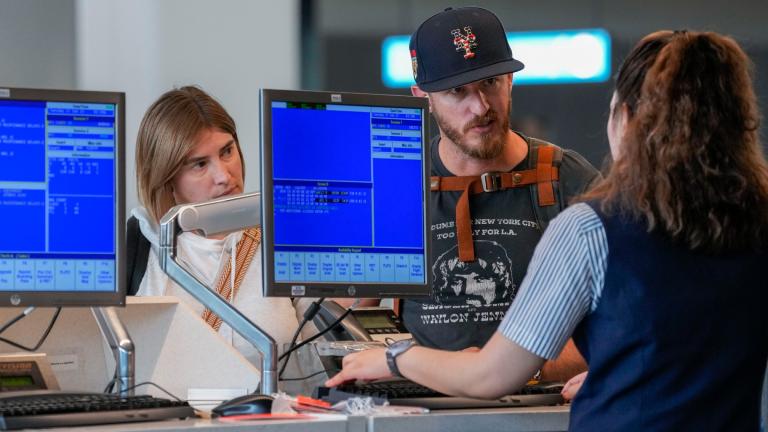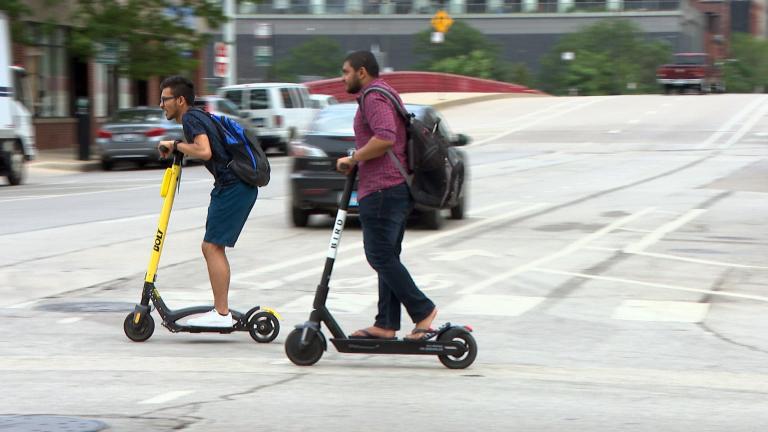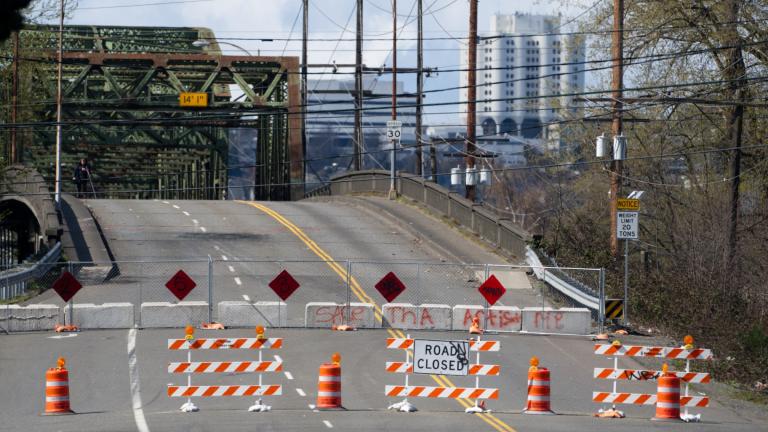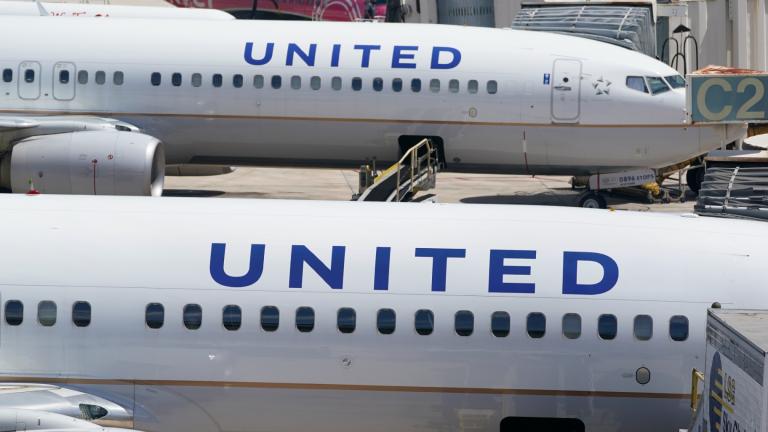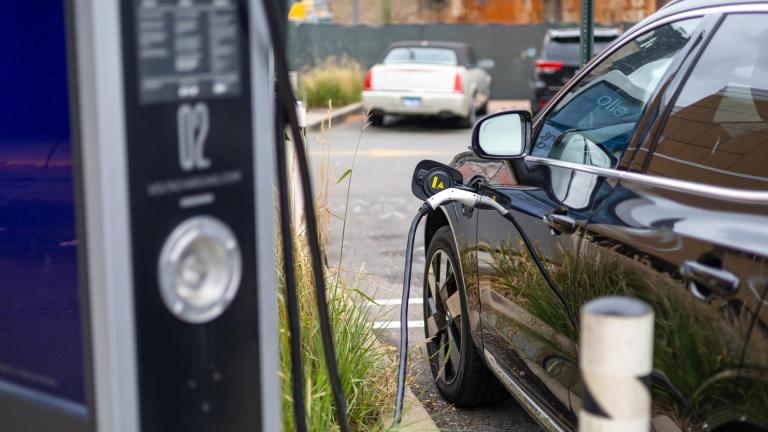Imagine getting from Chicago to St. Louis by train in just a couple of hours. That’s the vision of high-speed rail advocates, who want to see an ultrafast train cut across Illinois with a network of feeder trains and buses connecting cities around the state. And it’s a vision that’s gotten a boost from Illinois lawmakers.
One of those advocates is Rick Harnish, executive director of the High Speed Rail Alliance. He wants to see network of trains in the U.S. like the ones he enjoys in other countries – high-speed rail, zipping by at 200 miles an hour or more.
“It’s very comfortable, there’s no seatbelt, you can get up and walk around whenever you want, and the ride is really smooth so you don’t have to worry about spilling your drink,” Harnish said.
Harnish says these ultrafast trains can better connect a geographically spread out country like the U.S. “High-speed trains give you the opportunity to travel more often, more safely, and more affordably,” he said.
Harnish is hopeful high-speed rail is getting a leg up from Illinois leaders. Last month, Gov. J.B. Pritzker signed into law the Illinois High Speed Rail Commission. Its goal is to come up with a plan for a high-speed train between St. Louis and Chicago, and a network of feeder trains connecting Rockford, Moline, Peoria, and Decatur.
“We could have true high-speed rail in this state in 10 years, but we have to commit to it,” Harnish said.
The commission’s also charged with integrating current rail service from Metra and Amtrak.
“In our Chicago region, rail is so important to the vibrancy of our downtown,” said Derrick James, director of government affairs for Amtrak in the Midwest. “For our smaller downstate communities like a Macomb or a Carbondale, having good quality service is important for their economies … to allow college students to get there … it lessens traffic congestion. And it addresses climate change.”
James says Amtrak is ready to work with the commission, but that it’s not waiting to try and improve rail service. He’s also hopeful that Congress will pass a long-awaited infrastructure package, due for a vote by Sept. 27.
“If the bipartisan infrastructure bill passes, which as many know has $66 billion in it for rail programs, we’re ready to partner with states and communities around the country,” James said.
Chris Barkan of the University of Illinois led a state-sponsored high-speed rail study released in 2013 that looked at the economic impact, system costs, and different routes. Barkan’s interested to see what the new commission learns about possible ridership, including the potential that high-speed rail could draw in new riders.
“How many people, how many trips would be made that wouldn’t otherwise have been made? This has been found to be a very real phenomenon in some of the other nations that have developed high-speed trains, and in fact, significant new demand for travel,” Barkan said.
Barkan also notes that some of those countries take advantage of that demand to help cover costs.
“When thousands of people start using any form of public transport and are getting channeled through station areas, that becomes very valuable real estate,” Barkan said. “The revenues from that real estate that the railway company owns at or adjacent to the stations generates a significant part of their operating revenue.”
Harnish has been pushing for the new state commission for years, and is excited to see it get to work – especially with the federal infrastructure effort close to a vote.
“We were ready the last time this happened a decade ago, so we did very well. We need to get ready very quickly again,” he said.
The High Speed Rail Commission’s first report is due by the end of this year.

